Whether you’re taking a leisurely stroll in the park or going on a more challenging hike, the right footwear can make all the difference. The problem is that it’s not easy to pick between comfy walking shoes and those sleek trail runners.
We get it. The lines blur when it comes to functionality, which can make you ask, “Are trail running shoes good for walking?”
We were genuinely curious, too, so we did the research. Let’s unravel the mysteries of tread patterns, cushioning magic, and whether those trailblazers are more than just sprint champs.
What Are Trail Running Shoes?
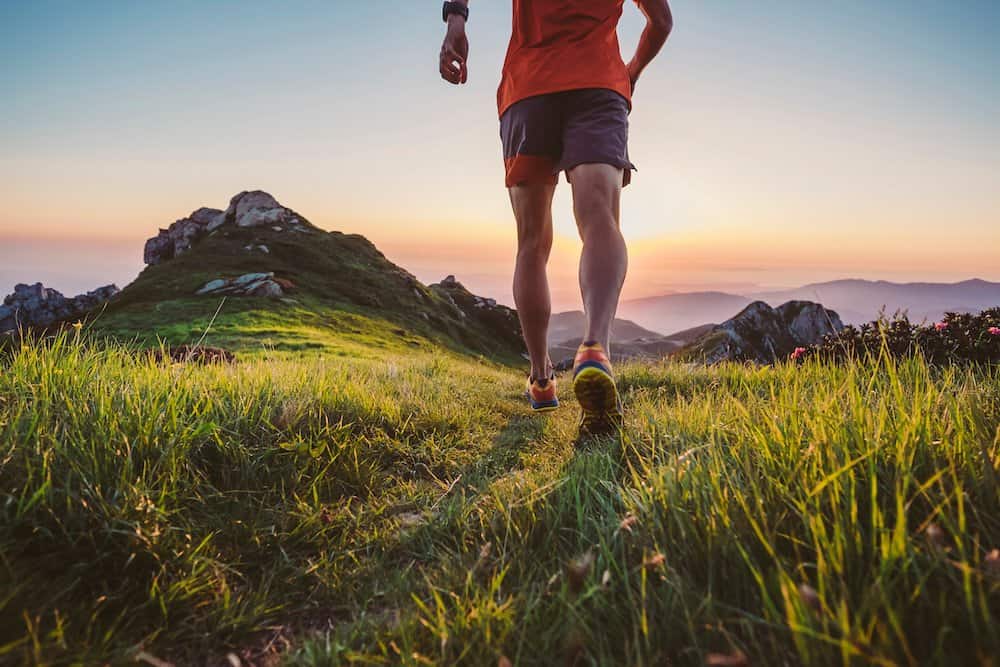
Trail running shoes, your go-to companions for off-road adventures, are a breed apart in the footwear family. Some may even say they’re the daredevils of the running shoe world, engineered to conquer rugged terrains where ordinary shoes might fear to tread.
Think aggressive tread patterns that grip the earth like an adventurer clinging to a cliff edge. They make sure you stay sure-footed on uneven surfaces, whether it’s loose gravel, slippery roots, or muddy puddles.
Crafted with durability in mind, these shoes boast a robust construction to shield your feet from nature’s surprises. And oh, the weight! Light as a feather, they ensure agility and speed that will leave sluggishness in the dust.
They’re the rebels, but don’t confuse them with the pavement-pounding road shoes or the hefty hiking boots. While trail running shoes are for off-road trails, these bad boys are the trailblazers of the great outdoors.
Are Trail Running Shoes Good for Walking?
Of course, you can. But as in any relationship, finding the right pair of shoes is about compatibility and compromise.
The trail shoes might add a swagger to your walk, but finding that sweet spot where grip, durability, and comfort harmonize with your walking style is the key to making this unconventional pairing work.
Trail running shoes boast a reputation for conquering the wild, but can they tame the sidewalks, too? Let’s find out by looking at three factors: tread, durability, and comfort.
Tread
Let’s kick off with the crown jewel: the tread. Those deep, aggressive patterns that master the gnarly trails might feel like an overenthusiastic tap dancer on your daily stroll. They excel in dirt and mud, but the concrete jungle might not be their preferred stage.
Durability
Durability is where these trail beasts shine. Crafted to endure the rugged brutality of nature, they scoff at the idea of wearing out on your routine pavement pounding. They’re the battle-hardened warriors of the shoe world, ready for whatever surface you throw at them.
Comfort
Trail shoes, with their focus on shock absorption and foot protection during intense runs, might come on a bit strong for a leisurely walk. The cushioning meant to cushion your descent from rocky heights might feel like a bit much when navigating your local park’s walking path.
What Happens if You Wear Trail Running Shoes for Walking?
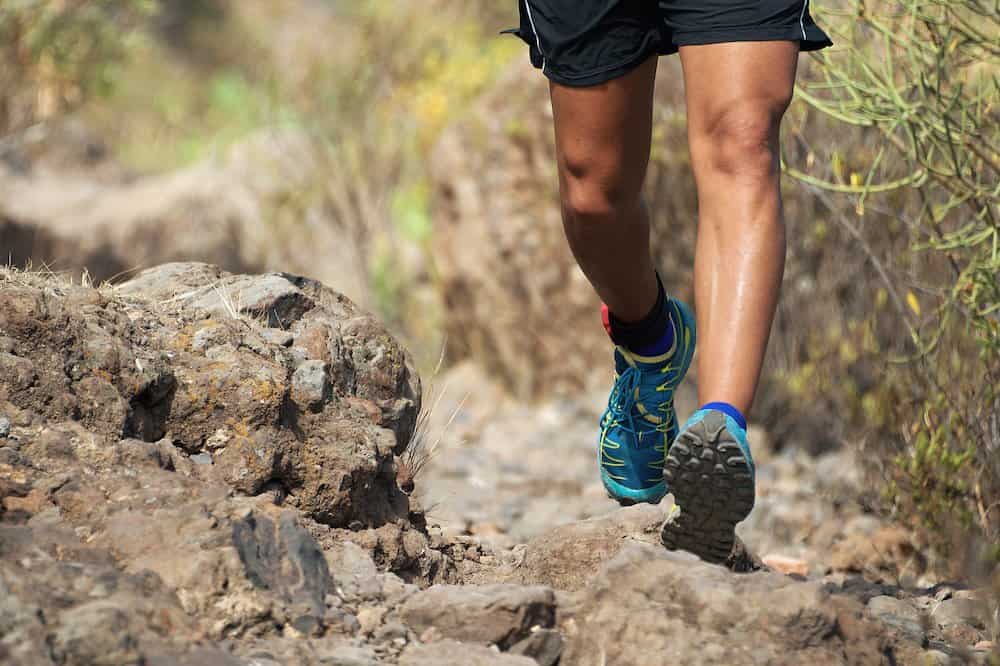
Wearing trail running shoes for walking adventures is a bold move. But what really happens when you decide to take your trail shoes on a journey beyond their usual dirt-packed habitat?
For Casual Walks on Paved Surfaces
For those leisurely strolls on the paved sidewalks, expect a bit of a performance mismatch. The aggressive tread might seem a tad too eager. You might garner a few curious glances as your shoes sing their offbeat rhythm against the pavement.
Hiking on Uneven Terrain
Your trail shoes, born to navigate uneven terrains, will likely shine when hiking through unpredictable landscapes. The deep treads grip the earth with gusto, providing stability and confidence on rocky trails and uneven surfaces.
Long-Distance Backpacking Trips
While the shoes excel in durability and support, the comfort dynamics might shift over extended distances. The cushioning designed for shorter, intense bursts may become less forgiving, potentially impacting the overall comfort and fatigue levels.
Pros and Cons of Wearing Trail Running Shoes for Walking
While trail running shoes thrive in the wild, the urban jungle may present challenges. Recognizing these pros and cons will help you appreciate the adaptability of these shoes while understanding their limitations in certain walking scenarios.
Pros:
- Improved Traction: The aggressive tread pattern excels on uneven terrains, providing enhanced grip on trails and challenging surfaces.
- Increased Durability: Crafted for the rigors of trail running, these shoes can withstand the demands of certain conditions, offering a longer lifespan.
- Ankle Support: While not as robust as hiking boots, some trail running shoes offer better ankle support than standard walking shoes, providing added stability on uneven surfaces.
- Breathability: Many trail shoes feature breathable materials, enhancing comfort during extended walks by promoting airflow.
- Versatility: Trail running shoes’ adaptability makes them suitable for various walking environments, from city streets to nature trails.
Cons:
- Overkill Tread: The robust tread designed for challenging trails may feel excessive and uncomfortable on smooth surfaces, turning your casual walk into a dance of unnecessary friction.
- Lack of Support: The lightweight design, while great for agility, might lack the necessary support for prolonged walks, especially over long distances.
- Less Cushioning for Impact: The cushioning in trail running shoes may be insufficient for the prolonged impact of extended walks, potentially causing fatigue or discomfort.
Trail Running Shoes vs. Walking Shoes
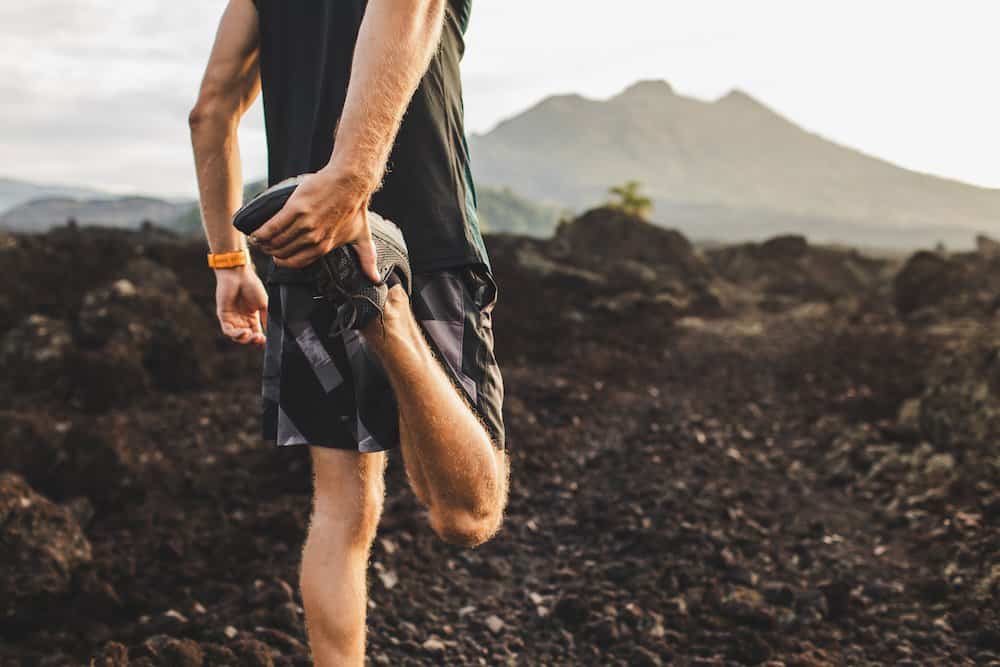
The decision between trail running shoes and walking shoes isn’t just a matter of personal style. It’s a nuanced dance between functionality and comfort.
Let’s look at the distinct characteristics that set these two contenders apart.
Tread Design
With its aggressive tread resembling the tire of an off-road vehicle, the trail shoe reigns supreme on uneven surfaces. It’s the secret weapon for gripping mud, rocks, and roots, providing stability on unpredictable terrains.
In the opposing corner, walking shoes boast a smoother, more subtle tread. Crafted for paved paths and sidewalks, their design leans towards a graceful stroll rather than an uphill battle against challenging landscapes.
Durability
Built to endure the unforgiving conditions of rugged trails, these shoes are the warriors of durability. They scoff at rocks and laugh in the face of mud, offering a robust shield against the wear and tear of the wild.
While walking shoes may parade elegance on city streets, their durability tends to be more modest. Designed for smoother surfaces, they may not possess the armored resilience required for the unpredictable challenges of trail environments.
Support
Light on their feet, trail runners prioritize agility over steadfast support. Geared towards quick, dynamic movements, they might be the sprinters of the shoe world.
Walking shoes, on the other hand, don the hat of comfort champions. Emphasizing cushioning and support, they cater to the rhythmic, sustained motion of walking, providing a supportive embrace for the foot with every step.
In the end, whether you’re chasing trails or wandering urban streets, the choice between trail running and walking shoes boils down to the specific needs of your journey. It’s a dance of tread patterns, durability, and support, with each pair of shoes ready to take center stage in its own domain.
What’s the Most Suitable Footwear for Walking?
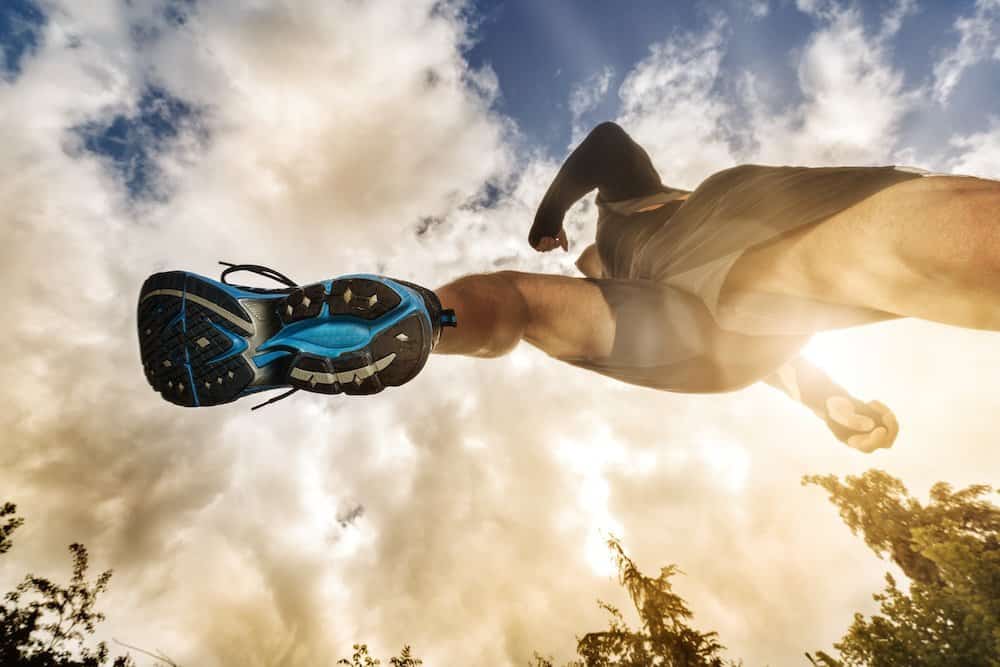
Choosing the right footwear for your walking endeavors is akin to selecting a companion for the journey. Whether it’s a leisurely stroll, an adventurous hike, or a marathon of long-distance backpacking, your shoes play a pivotal role in the comfort and success of the expedition.
Tailoring your choice to the demands of the activity ensures a harmonious partnership between foot and shoe, allowing you to traverse diverse terrains with confidence and comfort.
For Casual Walks
For those laid-back strolls through the neighborhood or a leisurely park visit, opt for walking shoes or trail running shoes with moderate tread. This strikes a balance, providing sufficient grip without the overkill of aggressive patterns, ensuring your shoes glide seamlessly on smoother surfaces.
For Hiking
When the trail beckons and uneven terrains become the norm, trail running shoes step into the spotlight. Look for pairs with aggressive tread for enhanced traction on rocky paths and ample support for those uphill battles.
Trail shoes, with their nimble design, excel in navigating the unpredictable twists and turns of hiking trails.
For Long-Distance Backpacking
Going on an extended journey calls for footwear with exceptional durability and unwavering support. Here, the heavyweight champions are hiking boots or trail running shoes designed for the long haul.
These options provide the necessary fortification to endure the diverse landscapes and extended wear, ensuring your feet remain well-supported and fatigue-free during the marathon of long-distance backpacking.
Finding Harmony in Every Step
So, are trail running shoes good for walking? Like any harmonious melody, the answer depends on your journey’s unique dance.
Consider the terrain, the intensity, and your individual preferences. For casual strolls, opt for moderate-tread shoes; hiking demands the prowess of aggressive trail runners, while long-distance backpacking leans towards durable boots or trail shoes.
The spotlight, then, is on you: the choreographer of your walk. So, lace up your chosen pair, step into your preferred rhythm, and let the journey unfold with the perfect footwear for every beat of your walk.

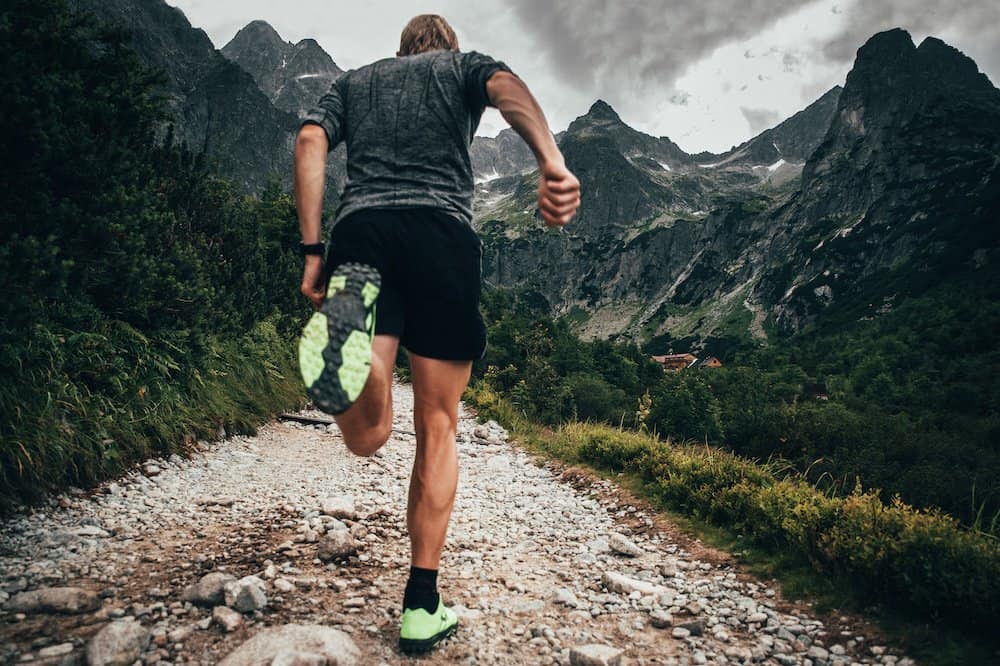
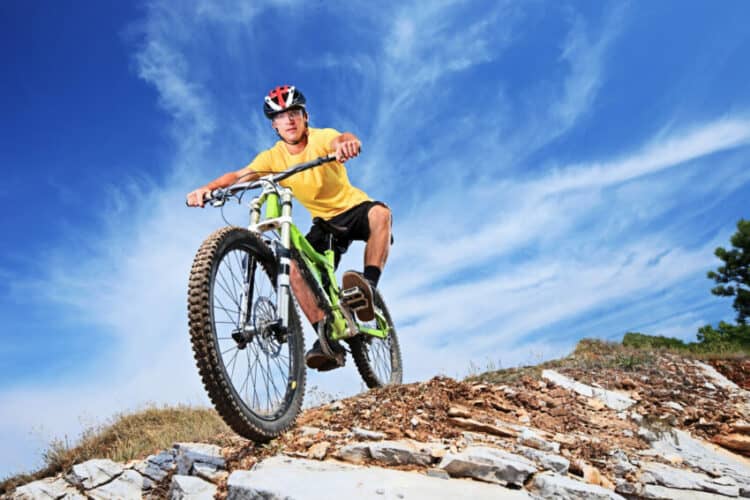
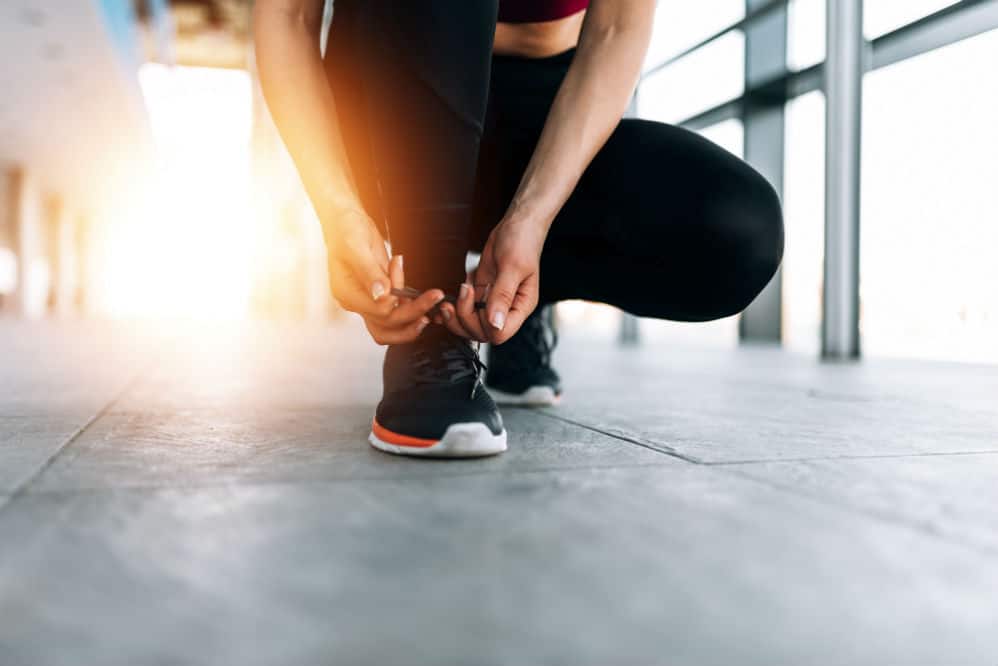
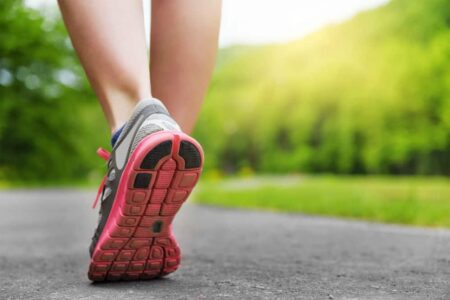
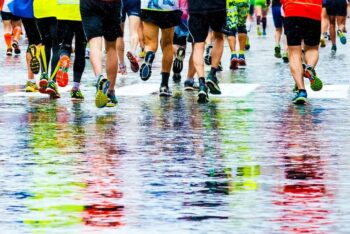

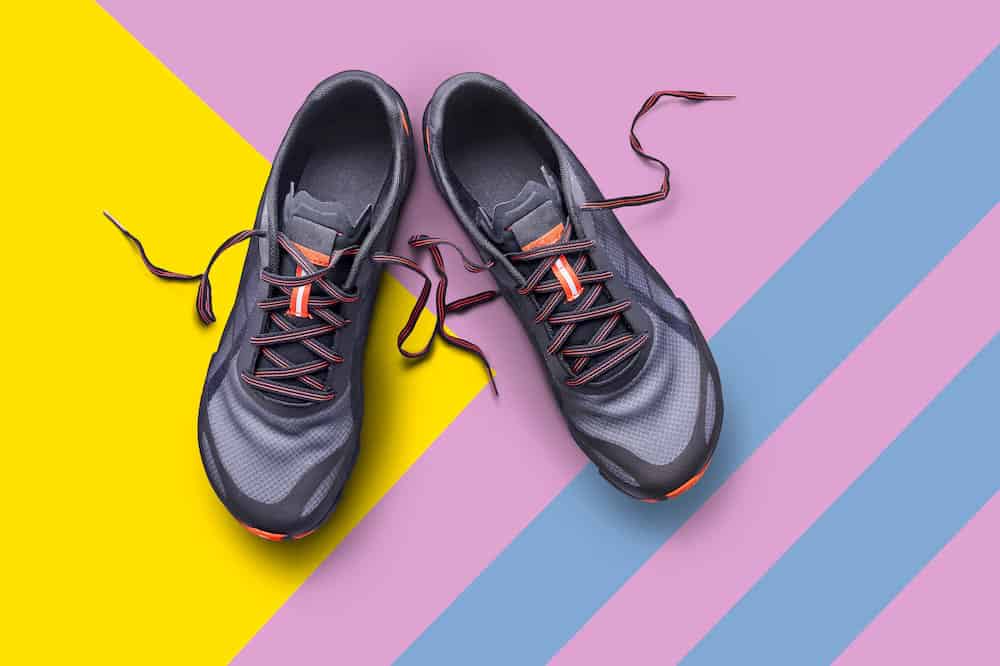




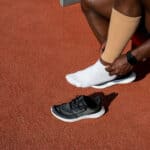

Thank you for sharing! I never knew there was such differences between trail running shoes and walking shoes.
I’ve recently gotten into walking more often and am challenging myself to walk longer distances. I also intent to expand into rougher terrain in the near future, so it came to my attention that I would probably need to get different footwear.
This was really helpful, thanks again! 🙂
Hi, Ursidae, and thank you.
Thank you for your kind words.
Don’t hesitate to contact me to help you with anything else or if you have any questions.
Hey I have running shoes myself and I’ve used them in a pinch. When it comes to going for walks both on pavement and on trails. Like you said that they are designed for impact so I find they can do it back up as long as don’t mind them. They’re not exactly stylish and some are really colorful so that’s something to keep in mind.
Hi, Jake Devins, and thank you.
Thank you for your kind words.
The fashion in running shoes has changed a lot, so there is no reason to follow it, it would be expensive.
Don’t hesitate to contact me to help you with anything else or if you have any questions.